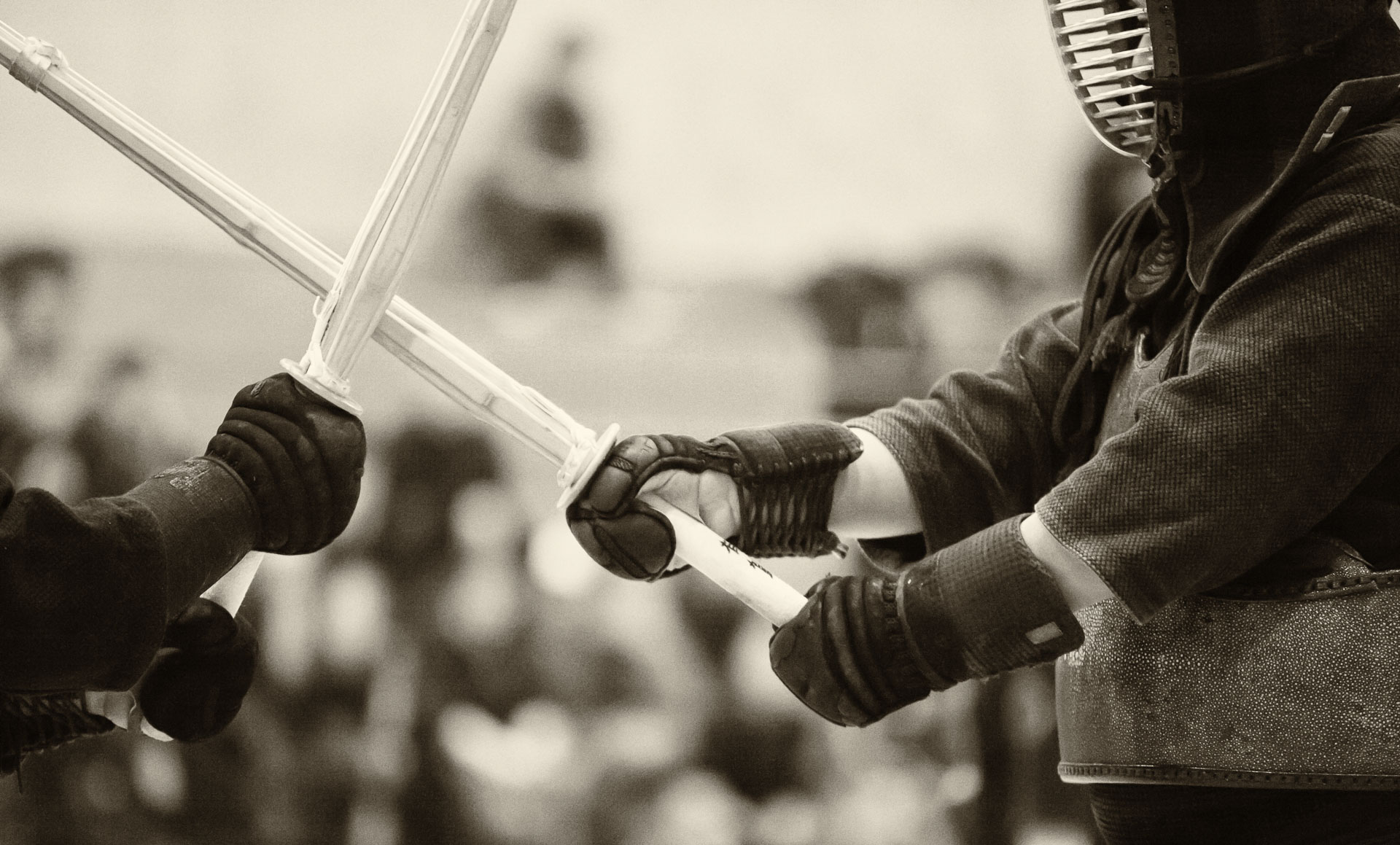
My daughter’s art teacher said that one of the problems she sees with the kids using digital media (tablets, computers) for drawing is the use of the Undo function. When they click Undo, the last brushstroke disappears not only from the screen, but somehow from their memory as well, as if whatever had been drawn before never existed. She suggested using the Eraser tool instead, because when you take time to move your hand over the drawing to erase the lines, you are still committing them to memory. That way, you have a chance to learn from your mistakes as you correct them.
Personally, I noticed another potential problem with the Undo function (and with digital art in general, for that matter) a while ago – it is the possibility of endless corrections. I know that with a digital file, there is always an opportunity to revisit a drawing, so I tend to linger over it while it would be more productive to declare it completed and to move on to a new one.
This is why I like sketching on physical paper every now and then, even though I am really enjoying ProCreate on my iPad these days. For my last couple of sketches, I decided to take the practice to the next level by using non-erasable brush-pens only. So effectively, no corrections are allowed – what you get the first time around is what you see.





















